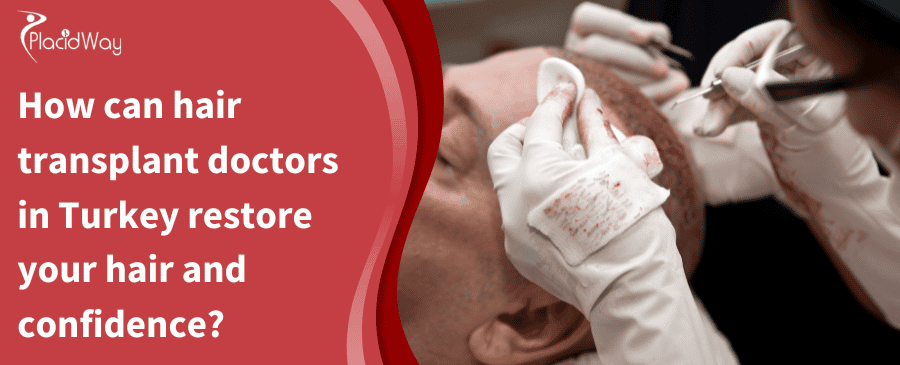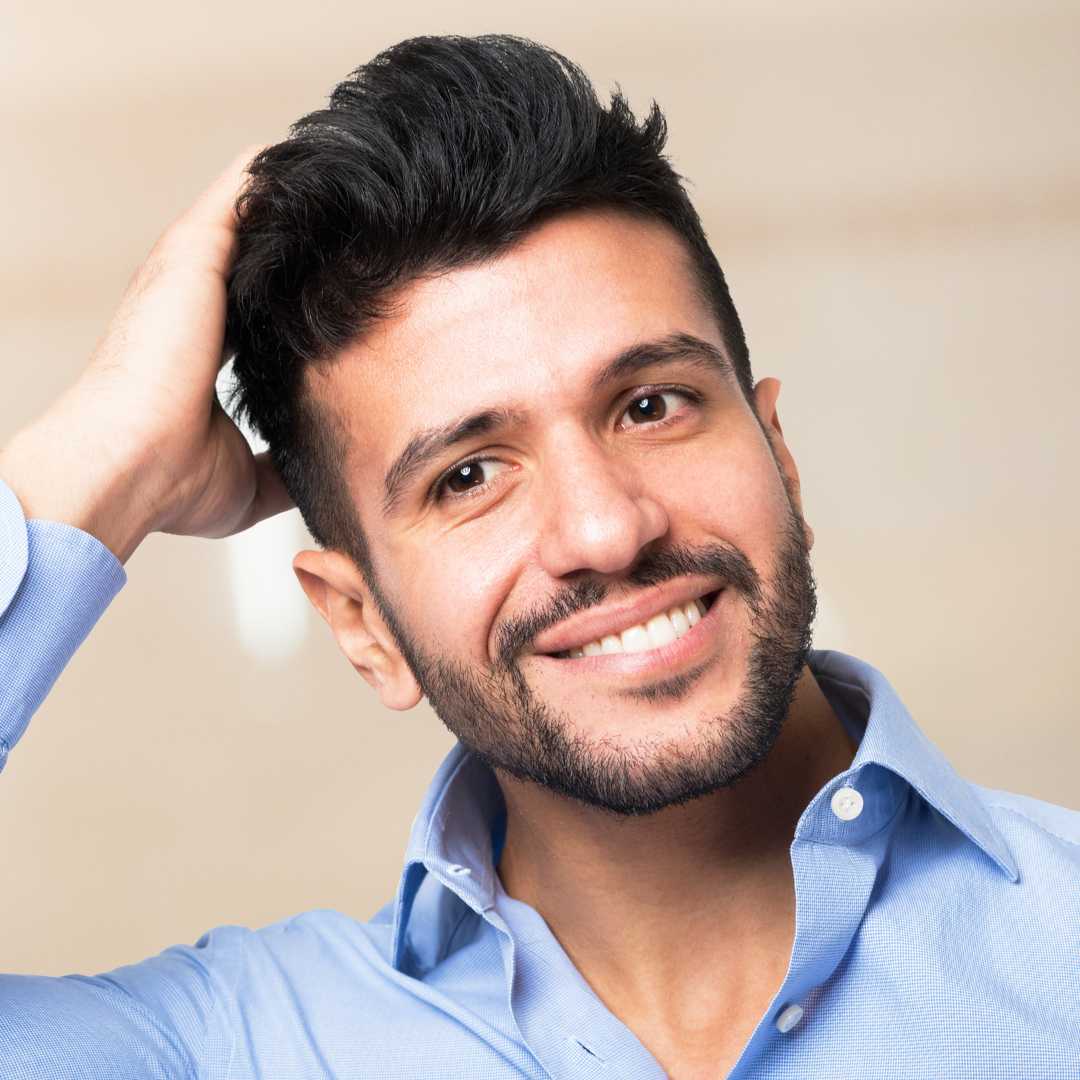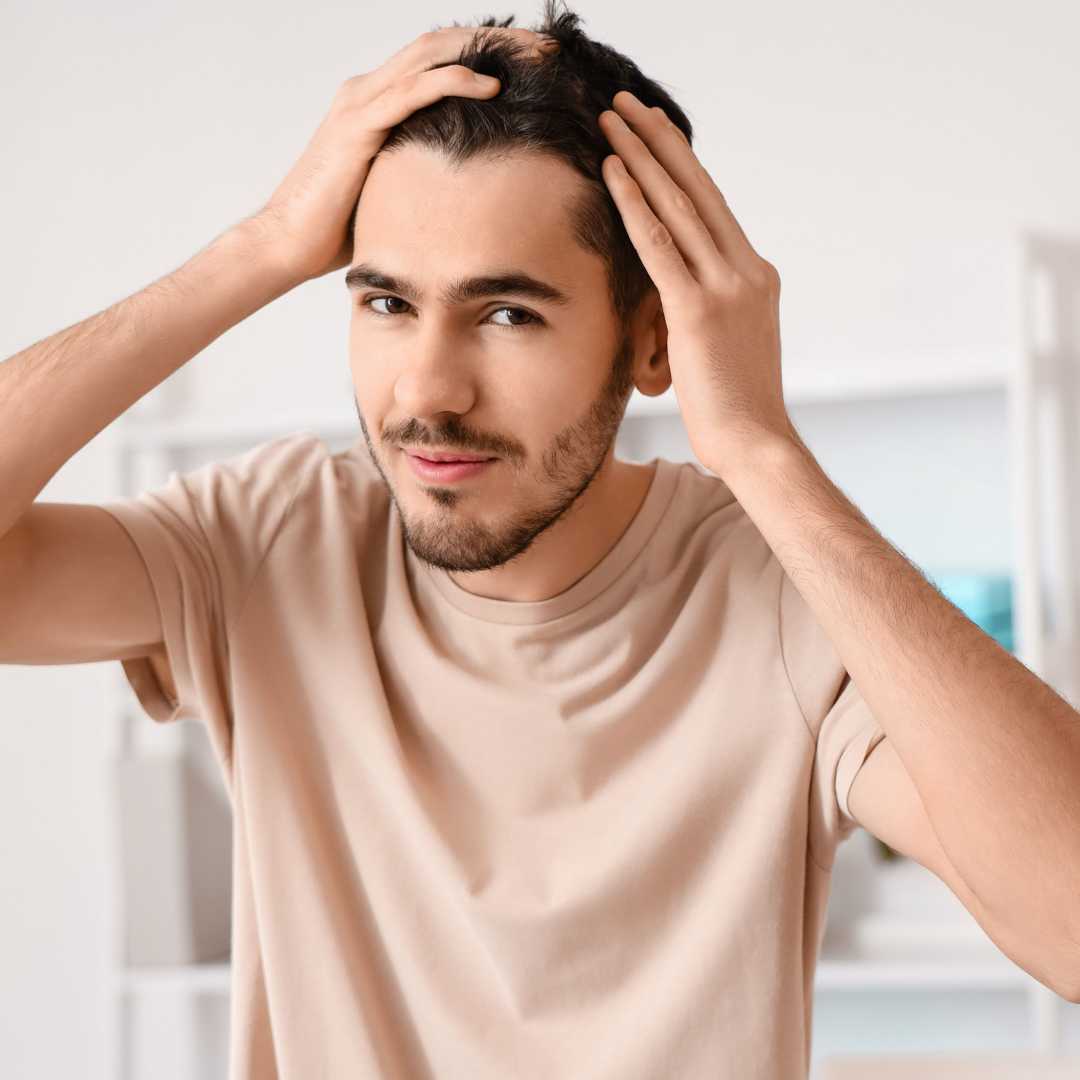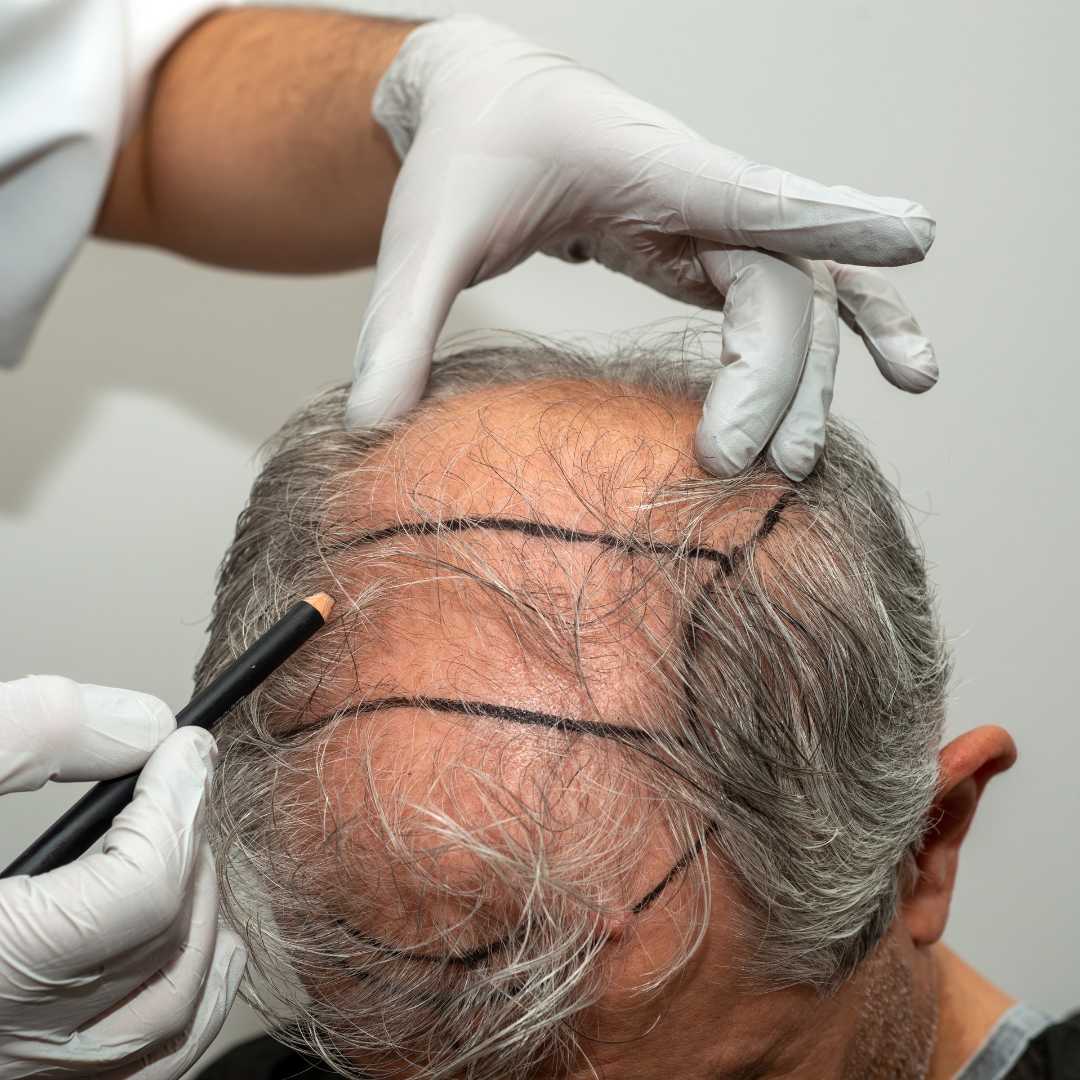Hair Transplant Surgeons in Turkey Revive Your Hair and Confidence

Losing your hair can be a tough experience, impacting not just your appearance but your self-esteem as well. If you've been looking in the mirror and feeling like you've lost a part of yourself along with your hair, you're not alone. The good news is that there's a highly effective and increasingly popular solution: a hair transplant in Turkey. For years, Turkey has been building a reputation as a global leader in hair restoration, attracting thousands of people from all over the world. But what makes it such a sought-after destination? It's a combination of highly skilled doctors, state-of-the-art clinics, and prices that are significantly more affordable than in places like the US or the UK.
Imagine getting your hairline back, filling in those thinning spots, and feeling that surge of confidence that comes with looking your best. That's the reality for countless individuals who have chosen Turkey for their procedure. The doctors there are not just performing a medical service; they are artists who meticulously design a hairline that looks natural and suits your facial features. They use the latest techniques to ensure minimal scarring and a swift recovery. This guide is here to walk you through everything you need to know, answering the most common questions people have. We'll cover everything from the cost and safety to what you can expect during and after the procedure, helping you understand how a trip to Turkey could be the first step toward restoring both your hair and your confidence.
What is the average cost of a hair transplant in Turkey?
One of the biggest draws for getting a hair transplant in Turkey is the cost. Compared to the United States, where the same procedure can cost anywhere from $5,000 to $15,000, or the UK, where prices are similarly high, Turkey offers incredible value. This significant price difference is not due to a lack of quality but rather the lower cost of living and operational expenses in the country.
Many Turkish clinics offer comprehensive packages designed for international patients. These packages often include:
- The hair transplant procedure itself.
- Accommodation in a 4 or 5-star hotel for a few nights.
- VIP transfers between the airport, hotel, and clinic.
- A translator to assist you during your consultations.
- Post-operative care products and medications.
Why is Turkey so popular for hair transplants?
The country has invested heavily in its medical tourism sector, with a particular focus on hair restoration. This has led to a very competitive market where clinics strive to offer the best possible service to attract international patients. Turkish surgeons are some of the most experienced in the world, often performing several procedures a day. This high volume hones their skills and expertise, leading to better outcomes.
Furthermore, Turkish clinics are equipped with the latest technology and adhere to strict international standards. Many are accredited by organizations like the Joint Commission International (JCI), which is a global benchmark for quality in healthcare. This ensures that patients receive care that is both safe and effective, all while enjoying the beautiful culture and hospitality Turkey has to offer.
What are the main hair transplant techniques used in Turkey?
Understanding the techniques is key to choosing the right procedure for you. Here’s a quick breakdown:
- FUE (Follicular Unit Extraction): This is the most common method. The surgeon extracts individual hair follicles from a donor area (usually the back of the head) and implants them into the balding areas. It's minimally invasive and leaves no linear scar.
- Sapphire FUE: This is an enhancement of the FUE technique. Instead of steel blades, the surgeon uses blades made from sapphire to open the micro-channels in the recipient area. This allows for finer, more precise incisions, which can lead to denser results and faster healing.
- DHI (Direct Hair Implantation): With DHI, the surgeon uses a special tool called a Choi Implanter Pen. This pen allows for the extraction and implantation of hair follicles in one step, without needing to create channels beforehand. This technique gives the surgeon precise control over the angle and direction of hair growth.
Is a hair transplant in Turkey safe?
Safety is a top priority for the leading hair transplant clinics in Turkey. They operate in modern, sterile environments, similar to what you would find in any top hospital in the West. The Turkish Ministry of Health also has strict regulations and licensing requirements for clinics performing these procedures.
However, due to the industry's popularity, some unlicensed clinics do exist. It is crucial to do thorough research. Look for clinics with:
- International accreditations (e.g., JCI).
- Verifiable patient reviews and before-and-after photos.
- Experienced, board-certified surgeons.
- Transparent pricing and clear communication.
How do I choose the best hair transplant clinic in Turkey?
Choosing the right clinic is the most important step in your journey. Don't be swayed by price alone. A cheap, low-quality procedure can lead to poor results and complications. Instead, focus on finding a clinic that demonstrates expertise and a commitment to patient care.
Check online forums, review websites, and social media to see what past patients are saying. A reputable clinic will have a strong online presence with plenty of positive feedback. Also, schedule a virtual consultation before committing. This gives you a chance to speak with the medical team, ask questions, and get a feel for their professionalism.
What is the hair transplant procedure like step-by-step?
Here's a general overview of what to expect on the day of your surgery:
- Consultation and Planning: You'll have a final consultation with your surgeon to confirm the plan and design your new hairline.
- Preparation: The donor area at the back of your head will be shaved, and local anesthesia will be administered to numb your scalp completely.
- Graft Extraction: The surgeon will carefully extract the required number of hair follicles using the FUE or DHI method.
- Implantation: The extracted follicles are then meticulously implanted into the balding or thinning areas, following the pre-designed pattern.
- Post-Op Care: Once the implantation is complete, your scalp will be cleaned, and you'll receive instructions for aftercare.
How long does it take to recover from a hair transplant?
The recovery process is a journey of patience. In the first few days, you'll experience some swelling, redness, and scabbing in both the donor and recipient areas. It's important to follow your clinic's aftercare instructions carefully, which include how to wash your hair and which medications to take.
Most patients can return to non-strenuous work within a week. You'll need to avoid heavy exercise, swimming, and direct sun exposure for a few weeks. The transplanted hairs will fall out after 2-4 weeks (this is called "shock loss" and is completely normal). New, permanent hair will start to grow around the 3-4 month mark, with the most significant growth and density appearing from 6 months onwards.
Are the results of a hair transplant permanent?
The hair at the back and sides of the head is not affected by Dihydrotestosterone (DHT), the hormone responsible for androgenetic alopecia (common baldness). When these resistant follicles are moved to the balding areas, they retain their genetic properties and do not fall out.
While the transplanted hair is permanent, you may continue to lose your non-transplanted, native hair. Your surgeon will discuss a long-term plan with you, which may include medications like Finasteride or Minoxidil to help preserve your existing hair.
How many grafts will I need?
During your consultation, the surgeon will assess your level of hair loss using the Norwood scale (for men) or Ludwig scale (for women). They will then calculate the number of grafts required to achieve a natural and dense result.
It's important to have realistic expectations. The goal is to create the best possible cosmetic improvement with the available donor hair. A good surgeon will prioritize creating a natural-looking hairline and adding density in the most cosmetically significant areas.
Ready to restore your hair and confidence?
Explore top-rated hair transplant clinics and get a personalized quote through PlacidWay. Take the first step towards a new you today!




.png)



.png)
.png)







Share this listing